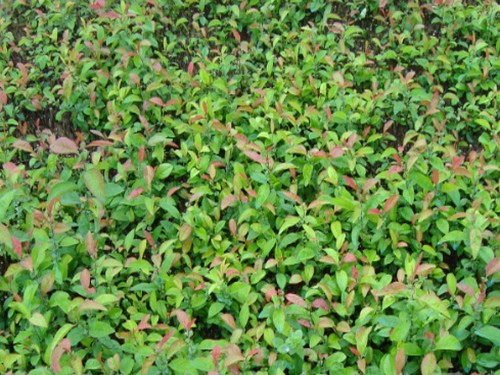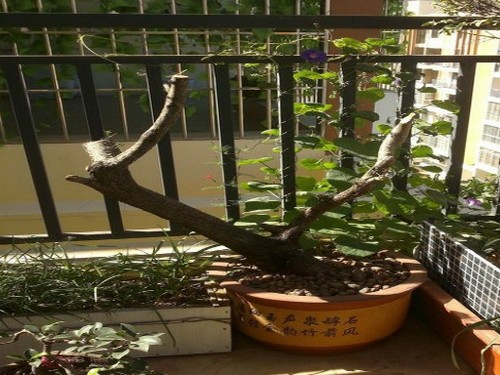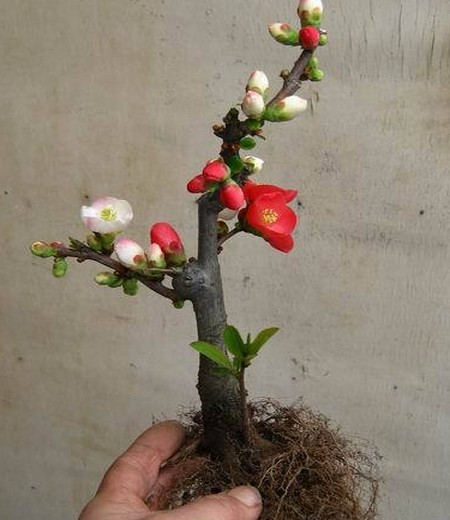Propagation method of Tripterygium
Begonia stem commonly used sub-plant, cuttage propagation, sowing, layering can also be, but rarely used, the best propagation time: spring, summer, autumn can be, spring is the best.

1. Sowing and breeding
A large number of regular seedlings can be obtained by sowing and propagating Malus tibetanus, but it is difficult to maintain the original variety characteristics.
2. Plant division and propagation
The tiller ability of Begonia tillers is strong, and it can be divided into plants in early spring. After the soil thaws and the weather turns warm, the whole pier plants are dug out, the soil at the root is shaken, and then the plants are split from the middle of the plant cluster with a sharp knife. Finally, each small pier is divided into 2~4 branches and the plants with roots at the base. Cut off the branches that are split when dividing, cut off at the root neck, and leave the rest about 10 cm short. Planting to the prepared seedbed, strengthen management, after 1~2 years can be out of the nursery.
Spring, autumn two seasons, dug out the mother plant, according to the root growth, with a sharp knife cut, each plant can have a dry, and then sub-planting, watering enough water, put shade maintenance, generally very easy to survive. After survival, normal management and maintenance shall be carried out.
3. Cutting propagation
Cuttings propagation of Malus tibetanus can be carried out in spring, summer and autumn, and summer is more suitable. Select 2-year-old healthy branches, cut them into 14 - 18 cm long segments as cuttings, cut off the leaves at the lower part of the cuttings, and then insert them into the cuttings, the depth is about 1/2 of the cuttings, irrigate enough water, place in the shade for maintenance, keep the soil of the cuttings moist, and transplant roots after about 1 month.
Can be carried out between June and July, select a stronger new branch, cut into 12 cm ~15 cm long cuttings, insert river sand or vermiculite and other substrates. Mass reproduction, good drainage can be selected for the sandy loam bed, directly inserted in the soil. After cuttage, it is necessary to shade and water, keep the soil moist, and grow new roots in about 40 days. After rooting, water spraying should be reduced and light time should be gradually prolonged. Finally, shade should be removed and exercise should be strengthened. In winter cold places, open field cuttings need to cover grass or other cold protection measures to protect winter. Transplanted the following spring. Cuttings in pure sand or vermiculite cuttings, rooting should be transplanted in time, otherwise the new roots grow too long, cuttings long-term lack of nutrition, transplant and growth are unfavorable.
4, layering propagation
From late March to late September, select long and strong branches to press into the soil, fasten the branches with U-shaped iron wires, cover 8~10 cm soil again, and compact the covering soil. After about a month and a half can take root, and then after two months or so will be the layering cut from the mother plant, another planting.
The management of potted flowering crabapple stems, because the root system is limited by the pot, need to pay attention to water and fertilizer management, otherwise affect the growth, resulting in fewer flowers. In general, organic fertilizer should be applied once a year in late autumn or early winter, and liquid fertilizer should be applied once after flowering in spring. Topdressing should not be thick, can be applied decomposed cake fertilizer water. Watering is advisable to keep the soil moist.
Time: 2019-06-11 Click:
- Prev

Sowing and propagation methods of Robinia pseudoacacia
Robinia pseudoacacia is a kind of tree species with strong vitality and fecundity. it can not only be used to landscape, watch and purify the urban air, but also be used for afforestation to protect the ecological environment. Although Robinia pseudoacacia has a certain ability to resist drought, it is not resistant to water and moisture.
- Next

Cutting method of Tripterygium
Tripterygium, a unique ornamental tree planted alone, has a very short pedicel and flowers clinging to the branches, hence its name. The scientific name is wrinkled papaya, also known as sticking papaya, iron foot pear, Rosaceae, papaya is a deciduous shrub. The flower of Tripterygium affixed to the stem is in 351 clusters, and the pedicel is very short and close to the branch, so it gets its name.
Related
- Fuxing push coffee new agricultural production and marketing class: lack of small-scale processing plants
- Jujube rice field leisure farm deep ploughing Yilan for five years to create a space for organic food and play
- Nongyu Farm-A trial of organic papaya for brave women with advanced technology
- Four points for attention in the prevention and control of diseases and insect pests of edible fungi
- How to add nutrient solution to Edible Fungi
- Is there any good way to control edible fungus mites?
- Open Inoculation Technology of Edible Fungi
- Is there any clever way to use fertilizer for edible fungus in winter?
- What agents are used to kill the pathogens of edible fungi in the mushroom shed?
- Rapid drying of Edible Fungi

